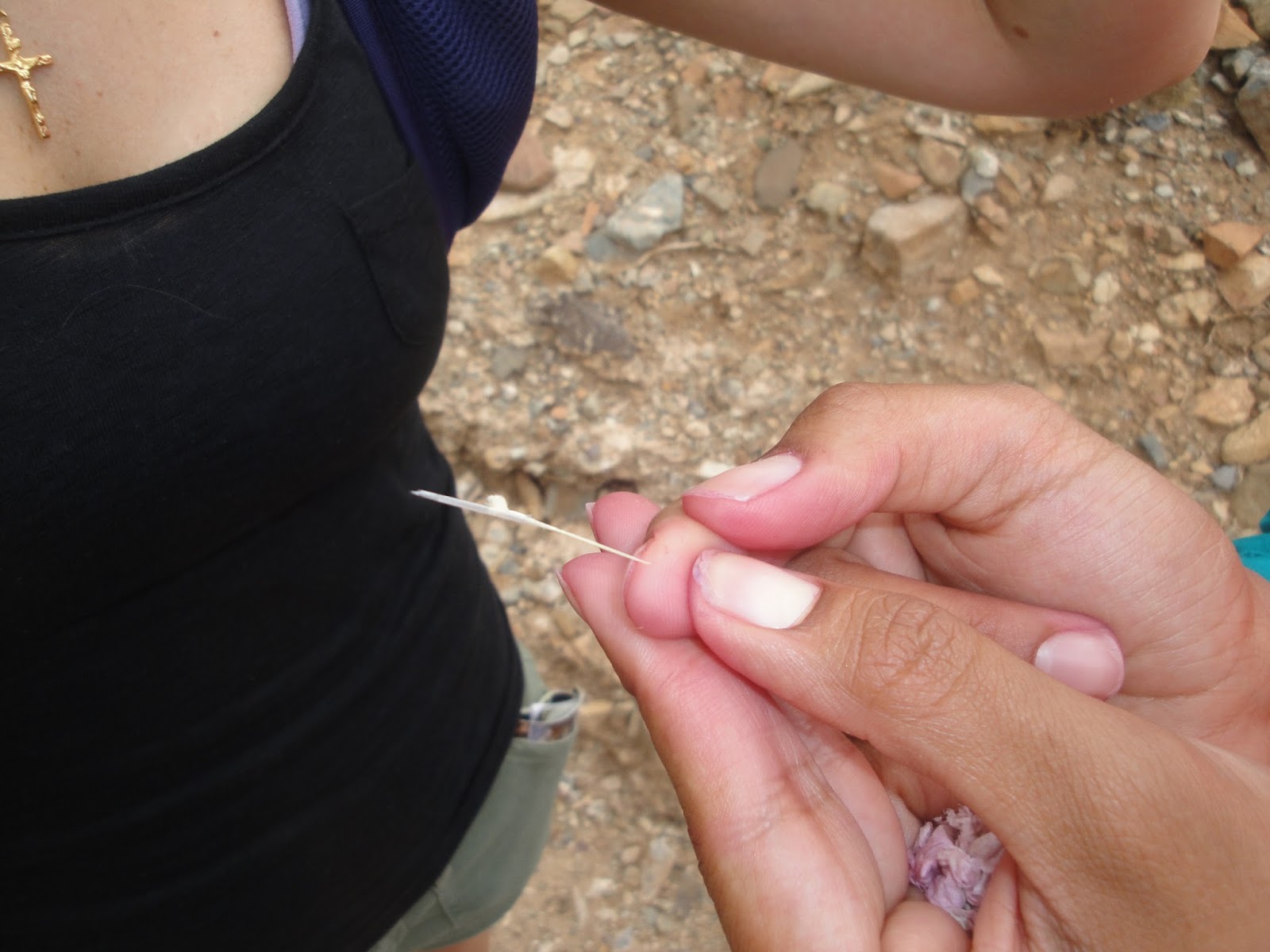On Friday, August 2, I woke up earlier than the set time I was supposed to wake, but later than the entire bunk. Most of the group was up and cleaning by 7am. I had slept til 8. The morning at Santa Rita Experimental Range was pretty uneventful other than a thunderstorm also known as a monsoon ripped over our canyon post breakfast. It was the first time I'd seen so much rain in the desert. We loaded up all the vehicles after lunch and left SRER behind as we drove the 3.5 hour stretch towards Cornado National Park just west of the New Mexico border. We drove on I-10 and saw so many signs for "The thing?" that our interest was exploding by the 26th sign we saw, that Lee and Angela(the head researchers, and our leaders) decided we could stop and see it. I tell you what it wasn't much to see. But if you like really old antique-ish, un-dusted stuff, the rest-top where "The Thing?" is has a lot of it.
When we arrived at South Western Research Station (SWRS), it was beautiful like a temperate paradise in the middle of the desert. It is nestled right in the canyon of the Chiricahua mountains. Sometimes they refer to the mountain ecosystems in Arizona as sky islands because they are so different and isolated from the dry hot ecosystems that extend between the mountain ranges of this area. We had definitely landed on a sky island at SWRS. It was a beautiful natural paradise.
After dinner we had a talk by the famous Doug Tallany about conservation through eco-landscaping (something we can all do, trade out our big un-diverse lawns and put in more native plants that will attract caterpillars and insects, and therefore birds and and other wildlife.) I decided that Farida and I are going to try and work together to start a butterfly garden at my school when we return to NYC. We want her my Juniors and Seniors working with her First graders. This partnership could make for an interesting community action plan.
Finally, we did a night walk with Neil (Dave Wagner's assistant researcher

































